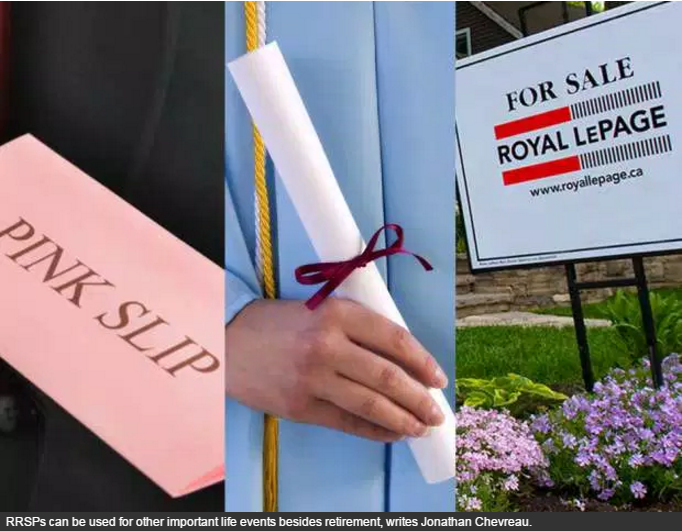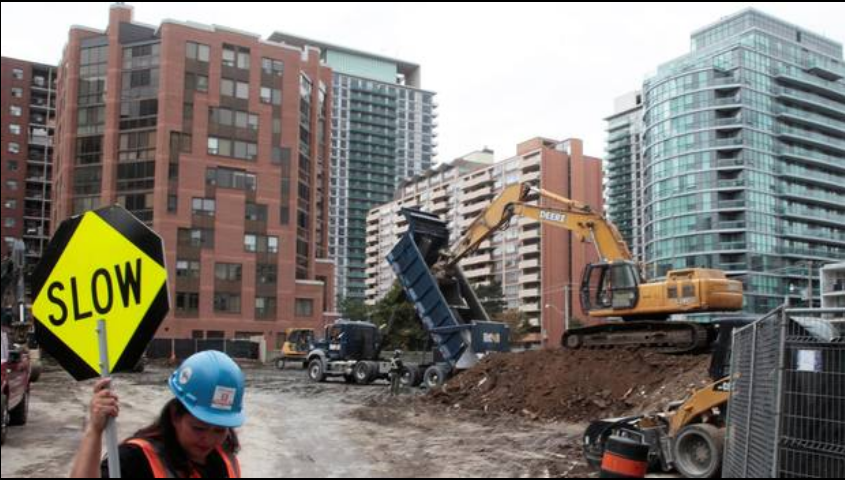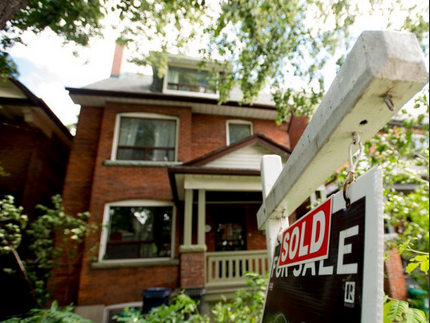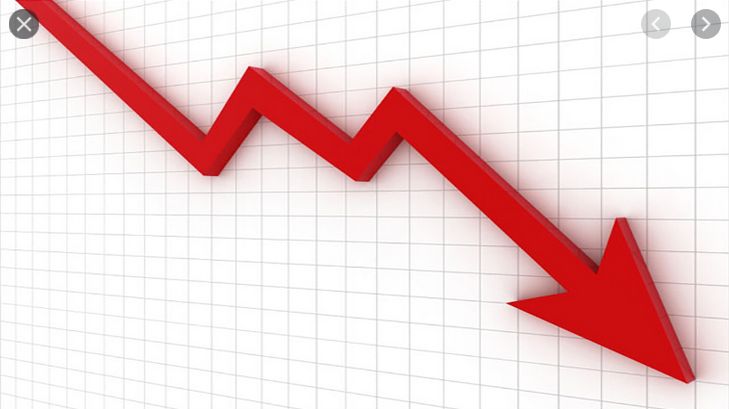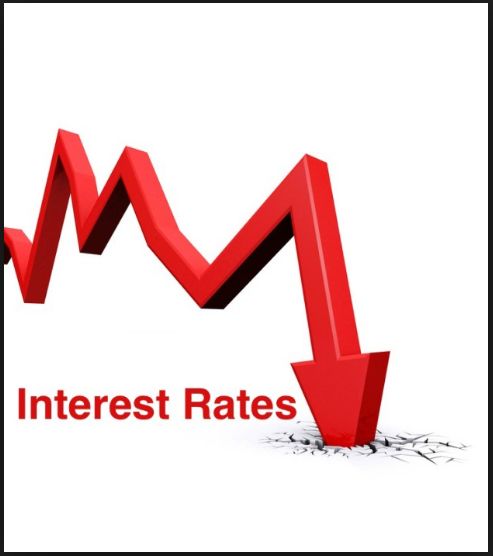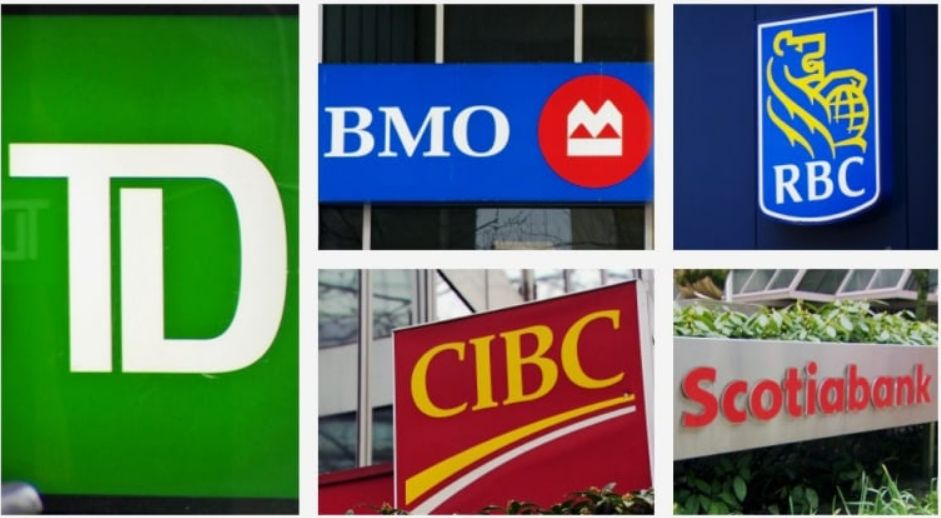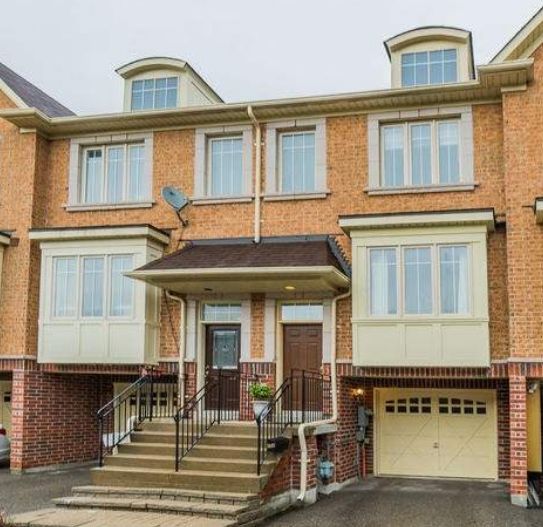While the word “retirement” makes up one of the four letters in the RRSP acronym, many investors just starting out may not realize that an RRSP can be useful for many things other than post-work income.
RRSPs can be used, for example, (1) to generate an emergency source of income after unexpected job loss; (2) to help come up with a down payment to purchase a first home; and (3) to pursue higher education that may lead to a new career. Those are the big three, but there are other uses too, such as (4) holding your own mortgage inside your RRSP.
All these gambits were used long before tax-free savings accounts (TFSAs) came into existence in 2009. TFSAs are even more versatile, given that you can withdraw funds from them free of tax, a happy circumstance that is decidedly not the case with RRSPs, as I’ll outline below. Also, unless you’re just starting out, most RRSPs have more money in them, both because they’ve been around a lot longer, and because RRSP contribution room for top-bracket investors is four times more than the contribution cap on TFSAs.
Let’s start with the notion of the RRSP as a job-loss cushion. If you do lose a job, ideally the first few months will feature some severance payments and, later, Employment Insurance. Initially you probably shouldn’t touch your RRSP. However, if your period of unemployment drags on into a second year, there may come a time when you need to tap into it: ideally when you’re in a rock-bottom tax bracket.
The first consideration is income tax. If you lost a job half way through a given calendar year, then received some severance, any additional income would be taxable, even if you’re no longer in as high a tax bracket. In this instance, you might be better off tapping the TFSA to handle Christmas spending near the end of the year, and wait until the new year to tap your RRSP. If severance and EI have run out, then the basic personal amount — $11,327 in 2015, increasing to $11,474 in 2016 — means your first few months of income will be either tax-free or quite minimal.
Even so, be aware that when you take money from your RRSP, there will be some withholding tax. Traditionally, advisers have suggested taking RRSP payments out in chunks of $5,000 or less, in which case the withholding tax will be a relatively light 10 per cent — it’s 20 or 30 per cent at higher levels (though half as much in Quebec).
Borrowing the money from your left pocket and lending it to the right pocket in the same pair of trousers
Chris Cottier, a Vancouver-based investment adviser with Richardson GMP, says people between jobs are, in effect, temporarily “retired as taxpayers.” The whole idea of RRSPs is to provide a source of income once you’re no longer working and that income is fully taxable, whether in old age or any other time you’re temporarily retired as a taxpayer. Whether you’re between jobs or truly retired, you can take advantage of temporarily low tax brackets.
The second big non-retirement purpose of an RRSP is the Home Buyers’ Plan (HBP). Each member of a couple can withdraw up to $25,000 in any calendar year to use as a down payment to buy or build a first home. That’s $50,000 per couple. But as with the job-loss example, there are tax consequences. In the case of the HBP, you have to pay back the amount withdrawn within 15 years, in equal amounts over that period, starting in the second tax year after the tax year when you withdrew the money.
Along similar lines is the Lifelong Learning Plan (LLP), which lets you (or your spouse or common-law partner) withdraw up to $20,000 ($10,000 maximum in any one calendar year) from your RRSP to enroll in a community college, university or certain other approved institutions of higher learning. As with the HBP, you’re in effect borrowing from your future self and must repay this debt. In the case of the LLP, you have 10 years to repay, in equal amounts each year. Check the CRA website for full details: It notes that you do not have to pay interest on amounts withdrawn.
There’s a fourth non-retirement gambit that RRSPs make possible: Cottier suggests homeowners can hold their mortgage inside their RRSP. Cottier likens this to “borrowing the money from your left pocket and lending it to the right pocket in the same pair of trousers.”
So, if you have a $100,000 mortgage with a bank and a $100,000 RRSP holding mutual funds or other securities, you could sell them in the RRSP to create liquid cash, arrange to set up a private mortgage that can be used to pay off the bank mortgage (considered a refinancing), then make future mortgage payments to your RRSP (i.e. to yourself).
There will be costs to set up the arrangement, strict rules about what interest rates must be charged, and requirements on how it must be administered. Check with your financial institution to see if they provide this service, and also with your investment and tax professionals for their advice on whether this makes sense for you.
Read the full post in Financial Post

